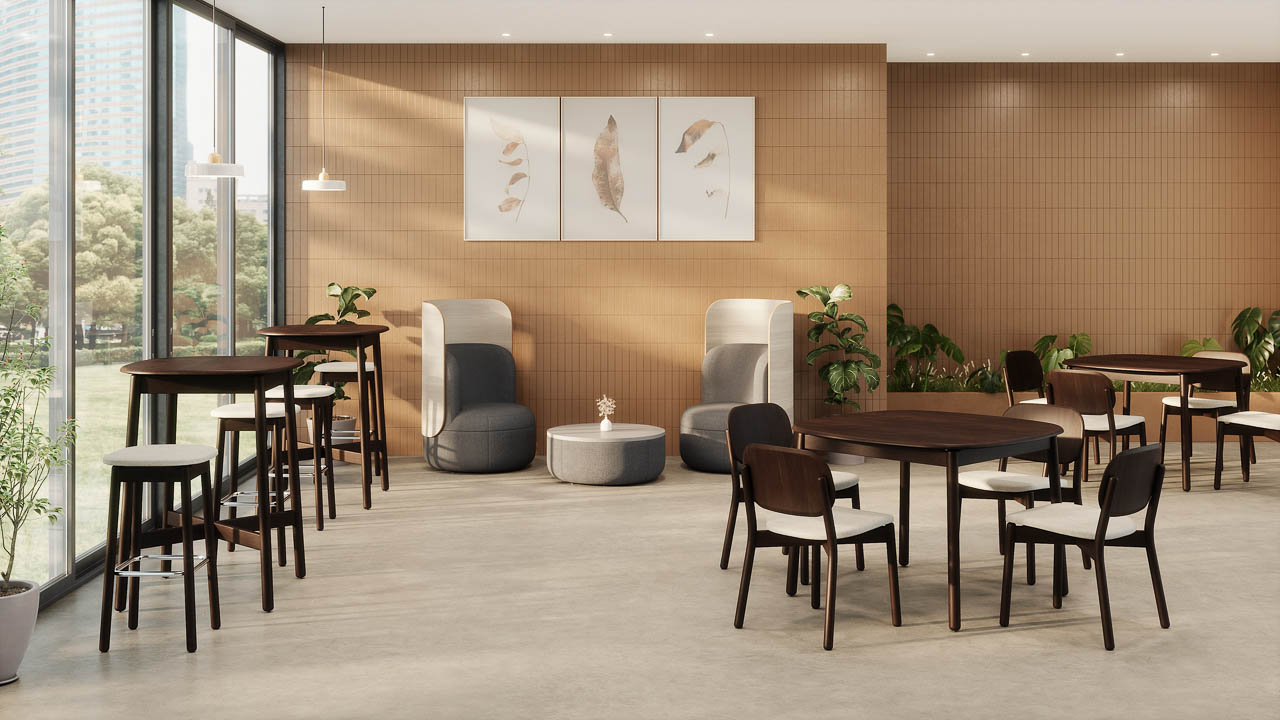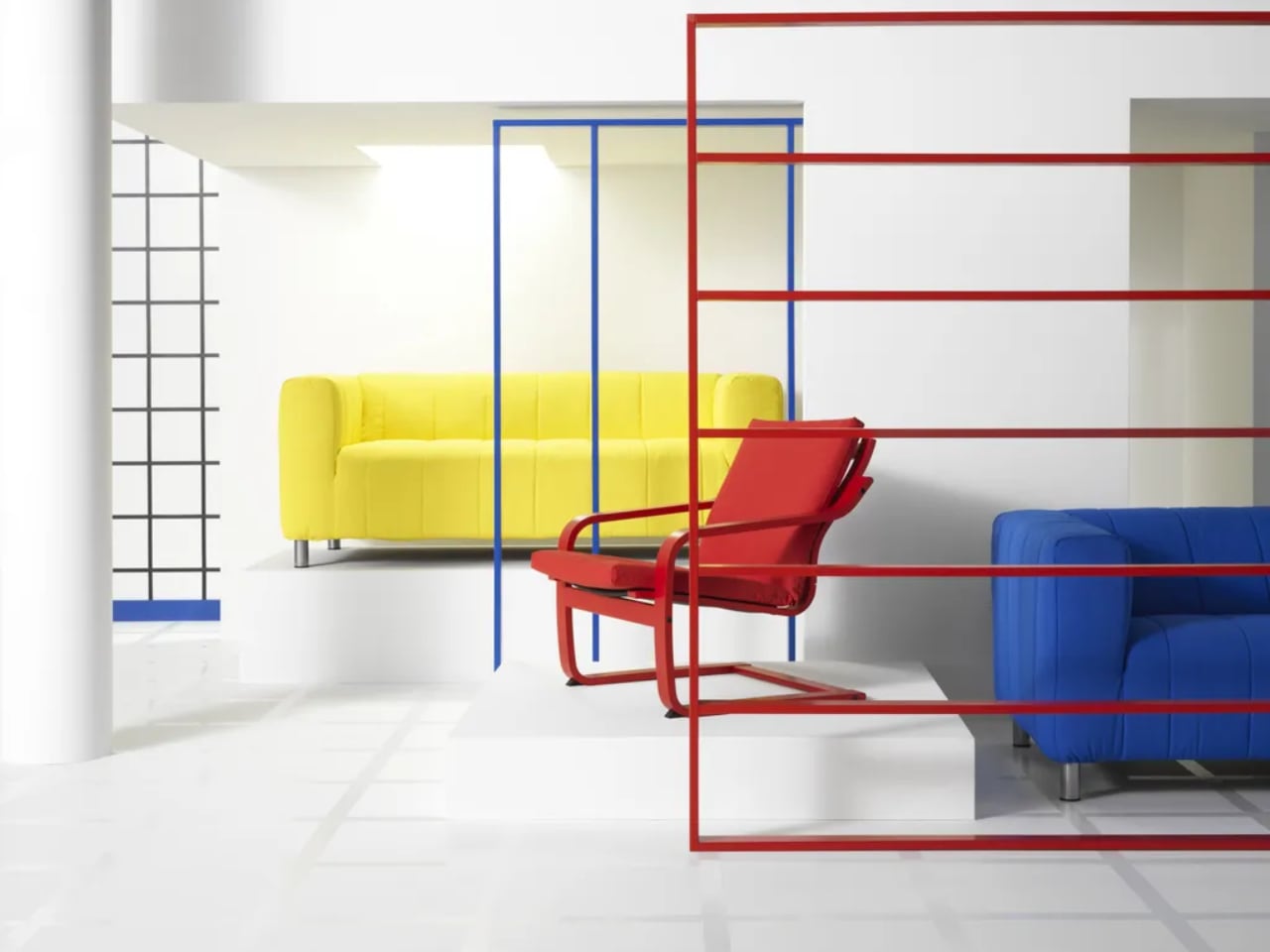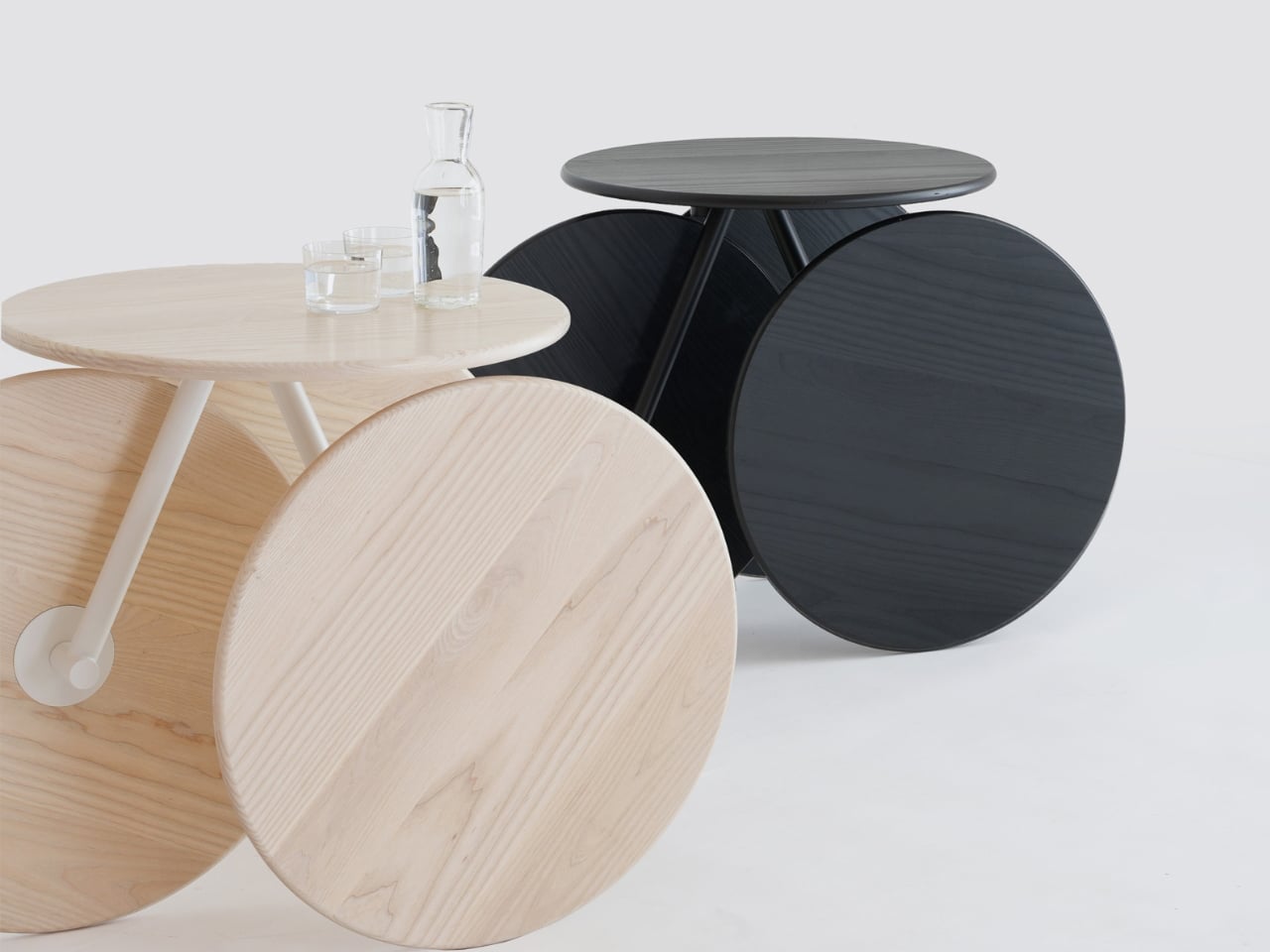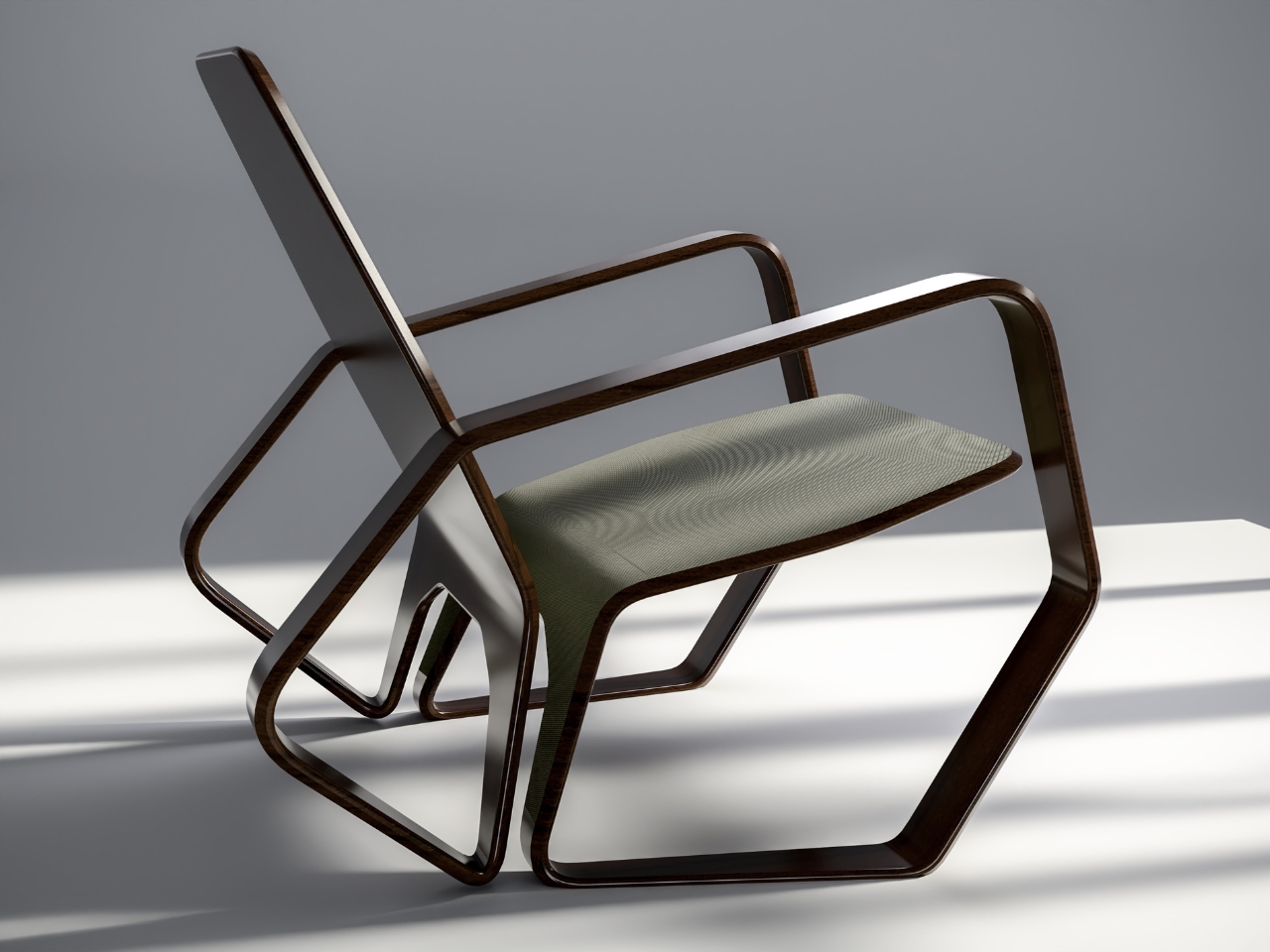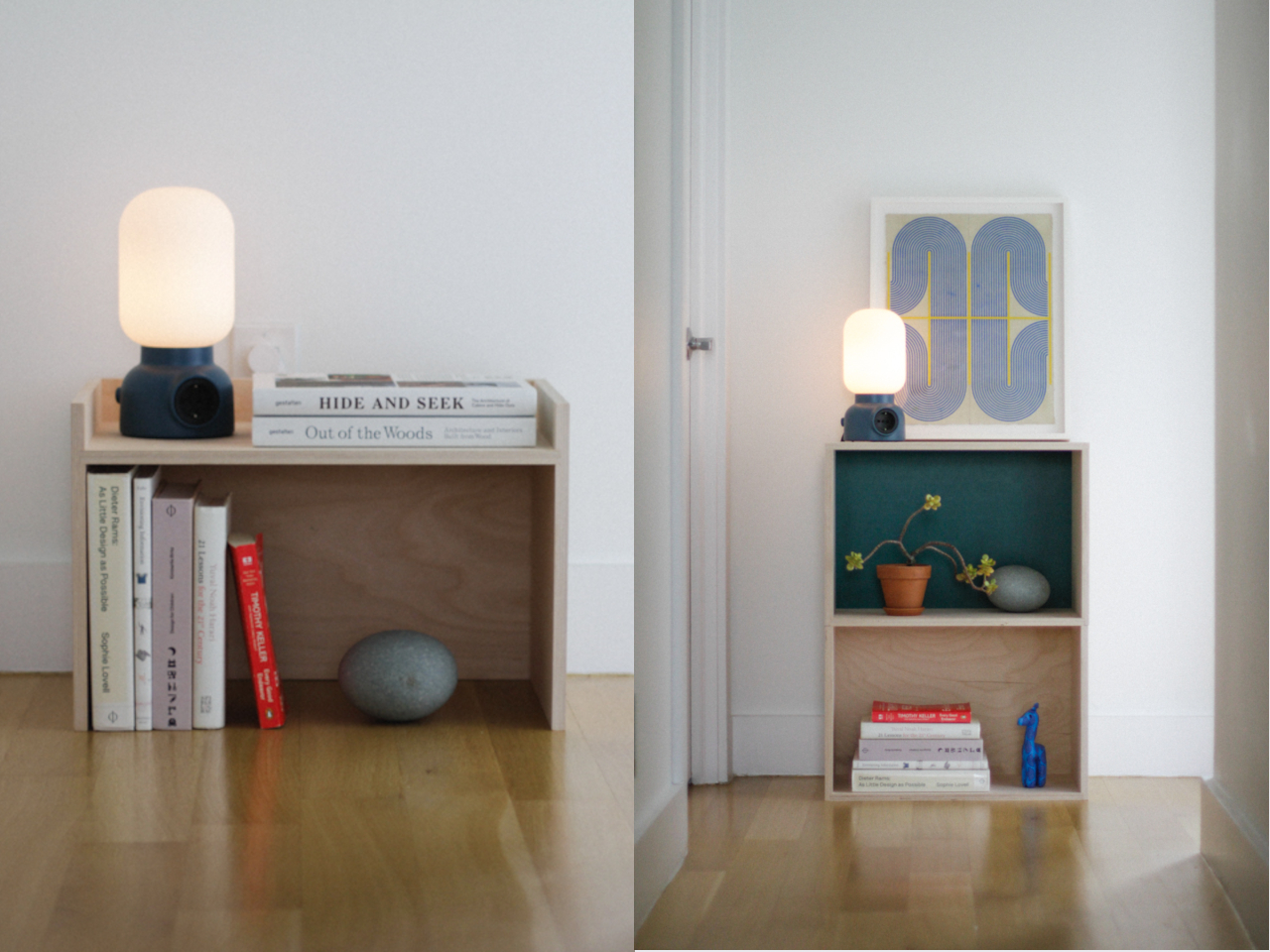
When designing a home that genuinely reflects your personality, it is natural to focus on color schemes, furniture layouts, and curated decor. These elements shape the foundation of a space, but there is one often-overlooked design element that can completely transform how your home feels, and that is playful furniture design.
This does not mean that you need to fill your space with childish or overly quirky pieces. Instead, it is about choosing furniture with unexpected shapes, bold colors, or whimsical details that spark joy. These thoughtful and personality-driven touches add charm, create visual interest, and infuse your interiors with warmth and wonder.
Let’s understand how playful furniture design can turn ordinary spaces into lively, emotionally uplifting designs.
1. The Psychology of Playful Design
Design goes beyond aesthetics as it influences how people feel and interact with their surroundings. Playful furniture, with its bold colors and unexpected shapes, can spark curiosity and joy, challenging the idea that furnishings must be strictly functional.
By incorporating unconventional pieces, such as a sculptural chair or a whimsical bookshelf, interiors become more engaging and less monotonous. Studies suggest that novel environments can enhance creativity and reduce stress. In this way, playful furniture is not just decorative, but it supports emotional well-being and helps create a home that feels vibrant, inspiring, and deeply personal.


The Fossil Furniture Collection, a collaboration between Ukrainian designer Dmitry Kozinenko and oitoproducts, reinterprets classic furniture forms through the use of sculptural monolithic shapes and bold geometric compositions. Each piece merges simple volumes, both square and round, into a cohesive design language that feels familiar and fresh. The Fossil chair combines two straight, supportive back legs with a rounded front base, creating a dynamic form that serves as a comfortable stool and a visually engaging footrest.


Echoing the chair’s silhouette, the Fossil pouf retains the distinctive base and seat module while omitting the backrest, offering a more casual and adaptable seating option. The bench expands the pouf’s form, featuring an elongated rectangular seat to accommodate two or three individuals, making it suitable for dining areas, entryways, or shared spaces. Together, the collection blends functionality with playful design, demonstrating how geometric reinterpretation can elevate everyday furniture into sculptural statement pieces.
2. Clever Ways to Add Whimsy
Adding playful furniture to a space does not mean giving up comfort or sophistication. It is about selecting pieces with personality, like a bold pouf, a sculptural table, or a quirky-backed chair that injects charm without overwhelming the room. These accents can become focal points and spark conversation.
To make smart selections, one can think about function, proportion, and how each item complements your existing decor. It is important to prioritize quality craftsmanship and sustainable materials, so your fun finds also stand the test of time and infuse a touch of joy.


The Doodle Collection by Ring presents furniture pieces that evoke the whimsical appearance of twisted paper clips, transformed into bold, sculptural forms. Inspired by blind contour drawings brought into three dimensions, each piece is crafted from nickel-plated steel arches, meticulously hand-bent and welded around a cast resin core. The collection includes an abstract table and a pair of chairs that appear impossibly delicate yet remain structurally stable. The table’s cast resin surface, seemingly suspended against gravity, enhances the sense of playful defiance that defines the series.


Ring describes the design approach as “free and exploratory,” resulting in creations that blur the line between functional objects and artistic statements. With their unconventional forms and dynamic silhouettes, these pieces feel more at home in an art gallery than in a traditional showroom. Designed for bold, adventurous collectors, the Doodle Collection serves as a statement against predictable design, offering a lively and imaginative addition to contemporary interiors.
3. Using Playful Materials and Textures
The tactile quality of furniture is just as important as its visual appeal. Designers often use varied materials and textures to make interiors feel more inviting and engaging. Unexpected choices like recycled plastics, woven rattan, or soft felt not only add visual interest but also a sensory layer that enhances the user experience.
Combining textures, such as pairing a smooth metal frame with a plush velvet seat, introduces depth and sophistication. These contrasts keep the eye moving and the space feeling curated. Also, mixing elements like wood, leather, fabric, or metal creates a multi-sensory environment that feels intentional, comfortable, and uniquely welcoming to everyone who enters.


The Moopi chair collection reinterprets the playful spirit of childhood playgrounds into sculptural, ergonomic seating for modern interiors. Inspired by slides, tunnels, and rocking horses, each design captures the posture and sensation of these familiar forms. MOOPI 01 (Blue) evokes the cozy enclosure of a playground tunnel with its circular opening, inviting users to curl up or lounge. MOOPI 02 (Green) features a gentle slope reminiscent of a slide, ideal for relaxed seating or casual conversations. MOOPI 03 (Orange) recalls the backward seating position often found on rocking horses or slide edges, offering both comfort and a whimsical silhouette.


Crafted with smooth contours and vibrant finishes, the collection is designed to be visually striking while remaining functional for all ages. The bold colors reference classic plastic playsets, instantly adding energy to any space. More than just seating, Moopi pieces serve as statement designs that blend nostalgia, creativity, and comfort, making them ideal for living rooms, studios, or curated interiors.
4. Designing for All Ages
Playful furniture offers a smart way to design spaces that are stylish for adults and welcoming for children. Instead of filling rooms with separate items, families can opt for multi-functional pieces that serve everyone. A low, rounded table, for instance, works as a coffee spot and a child’s play surface.
Soft edges enhance safety while maintaining a clean, modern aesthetic. Versatile pieces like storage ottomans or modular seating adapt easily as family needs change. This thoughtful approach proves that a home can be beautiful and practical.

The Rolly table by Mike & Maaike blends functionality with playful design, featuring four identical circles that serve as wheels and visual anchors. Crafted from solid wood or multi-ply, these circles highlight natural grain or bold colors while forming the table’s structural base and mobility. Supported by a minimal steel frame and a clever swivel mechanism, Rolly moves effortlessly across floors. Its swiveling rear wheel offers smooth control, allowing it to function as a stationary side table, portable serving cart, or stylish display stand.


Available in finishes ranging from light Scandinavian-inspired woods to rich stains, vibrant colors, and striking black-and-white stripes, the Rolly table adapts to a variety of interiors. Clean lines, seamless joinery, and a spacious tabletop reflect meticulous craftsmanship. Designed for design lovers and collectors, it turns simple tasks like serving drinks or rearranging a room into enjoyable experiences, making it a standout piece that merges versatility, movement, and modern style.
5. Upcycle for a Personal Touch
Upcycling old furniture or using upcycled materials offers a budget-friendly, eco-conscious way to add personality to any space. A bold coat of paint on a vintage chair or reupholstering with fun fabric can transform overlooked items into standout features.
DIY projects allow for creativity and customization, whether it is painting patterns on drawers, adding colorful legs to a plain table, or making cushions from vibrant textiles. These efforts result in distinctive pieces and a sense of accomplishment. Playful design celebrates imagination and resourcefulness, showing that style can be sustainable and uniquely personal.


The Hana-Arashi (Flower Storm) collection by Paola Lenti showcases a refined approach to sustainable outdoor furniture design, transforming surplus 100% polypropylene mesh fabric into sculptural, functional pieces. This recyclable mono-material, celebrated for its durability, water resistance, and extensive range of approximately 180 colors, is reimagined through a high-frequency thermocompression technique. Leveraging polypropylene’s low melting point, multiple fabric layers are fused without adhesives or threads, selectively hardening certain areas for strength while retaining translucent sections that allow light to pass through, creating a luminous, ethereal effect.


The production process begins with assembling large fabric offcuts into a base, then welding smaller, precisely cut remnants to enhance texture and depth. Rolled and fused into fluid, three-dimensional forms, the resulting pieces evoke the organic beauty of swirling petals. Lightweight yet robust, Hana-Arashi is well-suited for public spaces, parks, and community areas, merging structural integrity with artistic elegance while advancing Paola Lenti’s commitment to eco-conscious innovation.

By selecting pieces that prioritize happiness, you can transform your space into a reflection of your personality and a haven of well-being. It’s about moving beyond the conventional and creating an environment that encourages laughter, creativity, and a little bit of fun.
The post Your IKEA Couch Is Dead: 5 Sculptural Pieces That Actually Spark Joy first appeared on Yanko Design.
![]()
![]()
![]()
![]()
![]()
![]()
![]()
![]()
